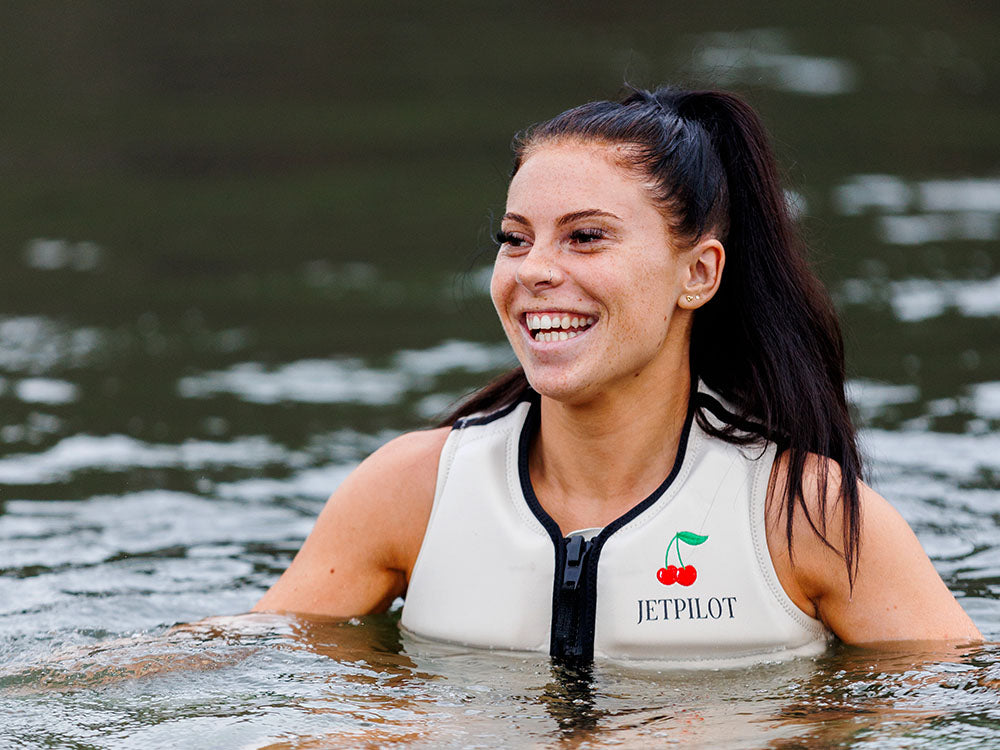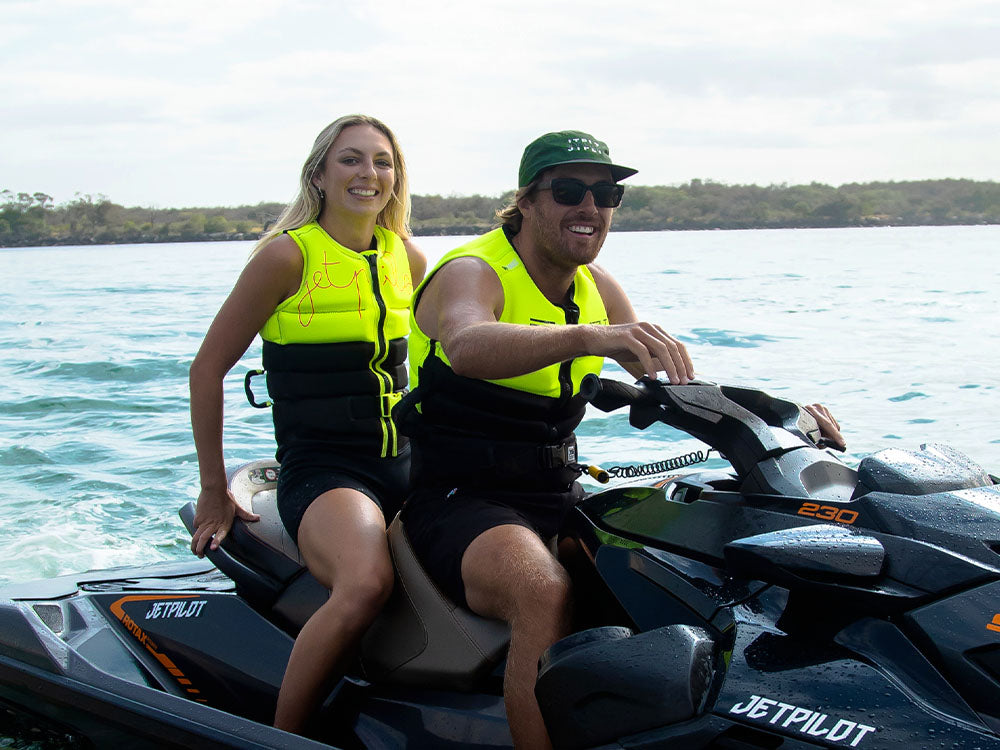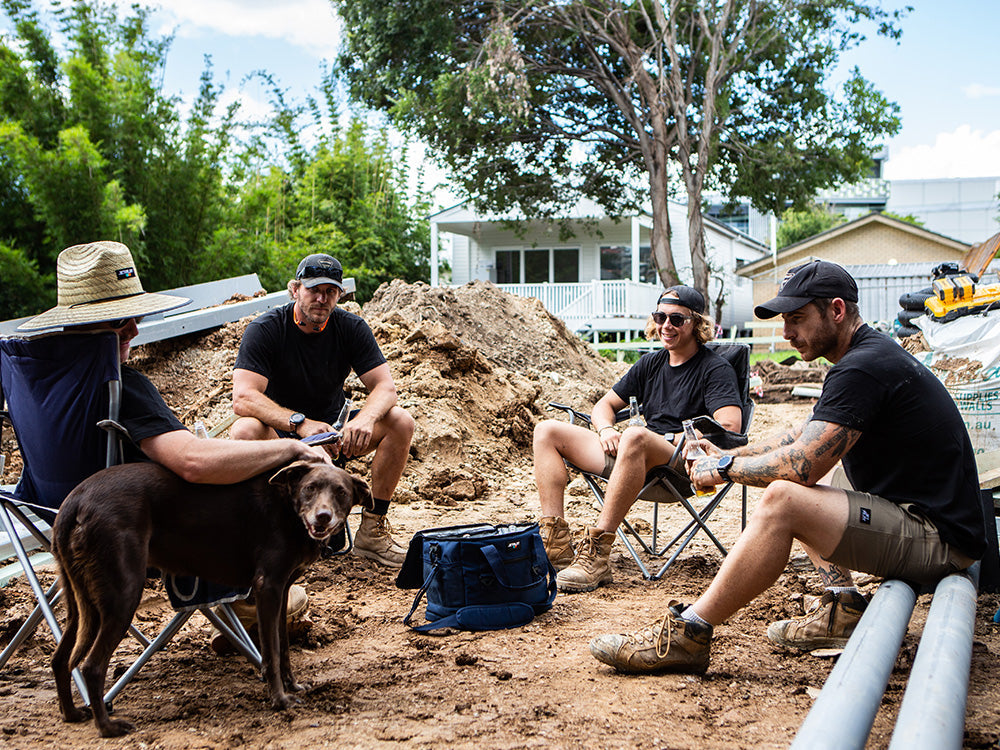When you're out shredding on a jetski, wakeboarding, or just vibing on a boat, a life jacket is your best mate. Knowing how these essential pieces of gear work can help you stay safe and compliant with Aussie standards.
The Importance of Life Jackets
Life jackets are more than just a check-the-box item; they're legit lifesavers. These babies, also known as Personal Flotation Devices (PFDs), are designed to keep you afloat if things go sideways. Since drowning is a major cause of boating deaths, rocking a properly fitted life jacket can be the difference between living to tell the tale or not.

How Do Life Jackets Work?
Life jackets work by giving you buoyancy, helping keep your head above water, and reducing the risk of drowning. There are two main types: foam-filled and inflatable.
Foam-Filled Life Jackets
These jackets have dry foam with air locked in the fibers, making them buoyant right out of the box. No need to activate anything—they're always ready to keep you afloat. Perfect for when you're close to shore or if help is nearby.
Inflatable Life Jackets
These jackets are super comfy and compact when deflated. They have a CO2 cartridge that inflates the jacket when triggered. You can choose between manual and automatic types. Manual ones need you to pull a cord to inflate, while automatic ones inflate when they hit the water. This makes automatic life jackets clutch for when you might be unconscious or disoriented after falling in.

Types of Life Jackets
Different activities and water vibes call for different types of life jackets. Here’s the lowdown:
Level 50
Best for solid swimmers, these jackets are made for calm, inland waters. They're a hit with jetski riders, wakeboarders and wakesurfers because they're not as bulky.
Level 100
Ideal for sheltered waters where a quick rescue is likely, these jackets provide more buoyancy and can turn you face-up if you're knocked out.
Level 150 and 275
Designed for open waters and rough conditions. These bad boys offer the highest buoyancy and can keep you afloat even in gnarly seas. Level 275 is used in high-risk scenarios like offshore oil rigs where extra buoyancy is a must.

Choosing the Right Life Jacket for Your Activity
Picking the right life jacket depends on what you're doing and the water conditions. For most jetski, tubing and wakeboarding activities a L50 life jacket is the go, but for boating activities, a 150N (Newton) inflatable life jacket is recommended. Make sure it fits right every time and get it serviced annually at a legit service centre.

Australian Standards for Life Jackets
In Australia, life jackets need to meet strict standards to ensure safety. Look for jackets that comply with AS 4758, which categorizes them based on buoyancy levels and use cases. Always check that your life jacket is approved for the specific conditions and activities you'll be hitting up.
Inflatable vs. Foam Life Jackets
Inflatable life jackets are the go-to for their comfort and low-key design, making them perfect for activities needing lots of movement. They need regular maintenance to ensure the inflation mechanism works. Foam life jackets, while more bulky, provide instant buoyancy and usually require less upkeep.

Maintenance and Care for Your Life Jacket
Keeping your life jacket in top shape is crucial. Regularly check for wear and tear, especially on inflatable jackets. Test the fit in shallow water before heading out and replace any jacket showing signs of wear. Store your life jacket in a dry, ventilated spot and avoid extreme heat which can wreck the materials.

Stay Safe on the Water
No matter what water adventure you're on, wearing a life jacket is non-negotiable. By knowing how life jackets work and picking the right one for your needs, you can enjoy your time on the water safely. Always follow Australian standards and keep your life jacket well-maintained and properly fitted.

For more info on life jackets and to check out our collection, visit Jetpilot Life Jackets. Stay safe and enjoy the water!







